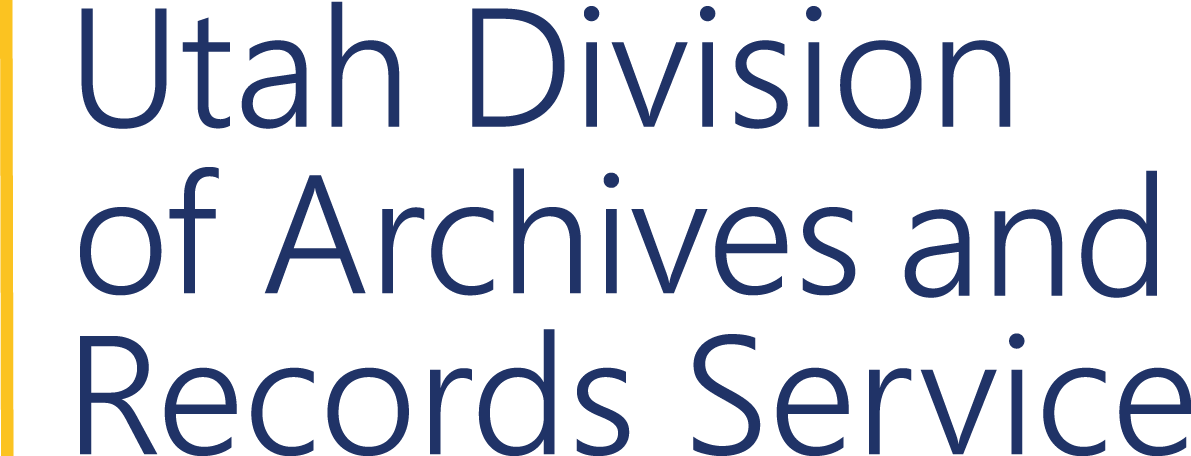Effective Dispute resolution Strategies
Table of Contents
- Strategies
- Pros and Cons
- Case Studies
- Ombudsman Role
Strategies
- Ask for help.
The ombudsman can help mitigate disputes by answering questions about the law and the records request process, by helping to find answers to questions about the nature and existence of records, by facilitating communication between parties, and by extending an invitation to the other party to participate in mediation.
- Treat others with consideration and respect.
Emotions such as anger and indifference make clear thinking difficult. A requester who sees only corruption in government and is annoyed by bureaucracy will have difficulty understanding and following the processes outlined in GRAMA for requesting records. Government employees who are frustrated by the work of filling GRAMA requests or are suspicious of a requester’s intentions will likewise have difficulty complying with the requirements of providing access. Responders must remember that “Everyone has the right to inspect a public record free of charge, and the right to take a copy of a public record during normal working hours….” (Utah Code 63G-2-201(1)(2013)).
- Follow the law and pay attention to the details.
GRAMA is filled with detail. It outlines procedures for making a request and requirements for government response along with time limits. Each governmental entity is responsible to classify its own records according to the classification requirements that are described in GRAMA and other laws. For any requester who disagrees with the denial of records or the denial of fee waivers, GRAMA provides an appeals process. In some cases, disputes can be resolved by a careful reading and application of the law.
- Separate and simplify complex requests.
For complex requests or when multiple records were requested, communication or mediation can help clarify the request or separate the issues. GRAMA requires that “A person making a request for a record shall submit the request to the governmental entity with a written request containing…a description of the record requested that identifies the record with reasonable specificity.” (Utah Code 63G-2-204(1)(2011)) Reasonable specificity means that a records officer must be able to understand what is being asked for; however, a reasonably specific request can still be voluminous or complex. Breaking down requests for multiple records and communicating about what is wanted may be keys to resolving a conflict.
- Consider weighing provisions and other options to satisfy all parties.
With some exceptions, GRAMA allows the chief administrative officer to uphold a classification and at the same time use the weighing provision to release records. “…The chief administrative officer may, upon consideration and weighing of the various interests and public policies pertinent to the classification and disclosure or nondisclosure, order the disclosure of information properly classified as private… or protected… if the interests favoring access are greater than or equal to the interests favoring restriction of access.” (Utah Code 63G-2-401(6)(2012)) Mediation or some other communication with the requester will be necessary to enable a chief administrative officer to understand the requester’s argument and make this determination. Releasing records under the weighing provision is only one possible solution that may satisfy both parties. A requester may be satisfied with denial if s/he understands what a record does or does not contain. Redactions or release of records at a later date such as at the close of an investigation may be satisfactory. Many uniquely tailored solutions are possible.
- Requesters can pursue mediation and appeals through the State Records Committee at the same time.
The records ombudsman is not a member of the State Records Committee and is able to work with parties while the appeals process is moving forward. Since appeals can be time consuming, a requester may want to preserve the opportunity for a prompt hearing in the event that mediation is not successful. The request for a hearing can be withdrawn when a resolution is reached.
Page Last Updated June 2, 2016 .
